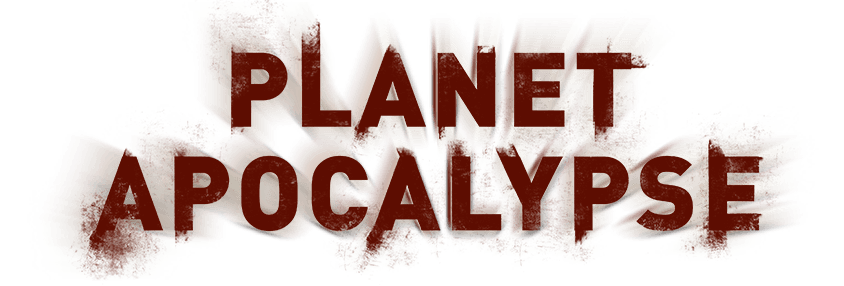The Philtre
The Philtre is of course named after healing potions and the like. I originally called it the Catholicon, which is an old term for a universal medicine, but I feared folks would misunderstand and think I was somehow slamming the Church. Which I’m not. I did keep the term “Catholicon” in use for its ability though.
While the Philtre is in play, all the enemies have 1 extra toughness. Thus, the Limbo minions are 2 instead of 1. The first circles are 4 instead of 3, and so forth. This adds a little more grit to the battle, and it can be pretty bad at times. For example, say you are attacking a 2nd circle minion with a 1d8 attack (not uncommon). With the Philtre in play, you move from a 25% chance of killing the fiend to a mere 12.5% chance. Half as much!
The Philtre itself isn’t very dangerous, with a doubled toughness of 2+2 and a meager 4d6 attack. The doubled toughness means it is going probably take a couple of turns to kill him, which means you won’t be able to stop the other demons on the map while he’s around – at least not too effectively.
Once you kill him, the other demons are that much closer to the exit, and you are under the gun for time and effort.
Lord Argus
Argus is another demon lord who is based on a Greek legend – the fabled herdsman with a thousand eyes. In the sculpt, the eyes are arranged around him in a sort of pattern, but it’s not an attractive one!
Lord Argus’s menace is to immediately place a Fiend in his area when the heroes enter. Usually there is already an invasion token, so this is really an extra Fiend, beyond whatever is rolled. It does mean you don’t want to hit him for a small attack (this makes sense for some of the other lords) – you want to stick it out a bit and get some real whacks in.
Argus is Toughness 6 and rolls 6d10 which are tough, but he is a demon Lord after all. His real threat is his Decree ability. This means that all minions in Argus’s room combine their attacks into one big attack along with Argus, rolling all their dice in one humongous attack.
Battling Argus
Consider this – say that it’s fairly early in the game, and the despair dice are up to 6. When you enter Argus’s area, first he spawns a Fiend, then you have to roll the despair dice. The BEST possible result you could get with 6 dice is two 1st circles plus 2 limbo minions, which is 4 enemies, plus that Fiend. If you don’t trim back the herd before Argus attacks, someone on your team will be facing 6d10 (argus) +2d10 (the fiend) + 2d10 (the first circles) +2d6 (the limbo minions) for the attack. That’s potentially 12 damage, though admittedly 2-3 of the dice will probably miss. Still, that’s a lethal attack in a game where most heroes are at around 4-7 health.
Of course, realistically some players will roll too low to hurt Argus, but will be able to kill a Limbo minion or a Gryllus (first circle), so that will reduce the backfire. But not much. Also let’s remember that this is if you get the best possible spawn roll, and there are only 6 despair dice.
Based on my experience, your final battle with Argus will probably be when he is rolling more like 10 despair dice, which means the minimum number of enemies you can face are 8, plus that damned Fiend (damned literally as well as figuratively). You won’t be able to trim that herd back, and will need to either sacrifice a hero killed when Argus strikes, or have someone who is beefed up with lots of troopers – who will all be destroyed in Argus’s attack.
More than any other lord you have to start off trying to kill his minions instead of him, so that his counter attack can’t simply eliminate a player straight away. This is also a tough choice, because Argus has a lot of hit points, in addition to a high toughness. In a 4 player game, he has 20 health (compare to Baphomet’s 15 or Jabootu’s 18).
There is a reason Argus has 2 crowns. He is mean, and if you defeat him (as I admittedly have done) you have cause to crow.

